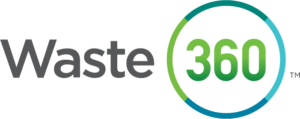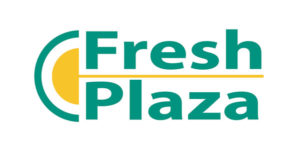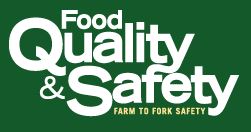2019 Food Safety and Transparency Trends
When it comes to addressing food safety, did the industry really make any progress in 2018? In 2019, what new approaches or technologies can be successfully applied to prevent problems before they occur and minimize the consumer risk, minimize the market impact, and speed up the identification, isolation and recall of contaminated products? Will 2019 be the year that we realize we can address this challenge proactively to improve the safety of our fresh food?



















